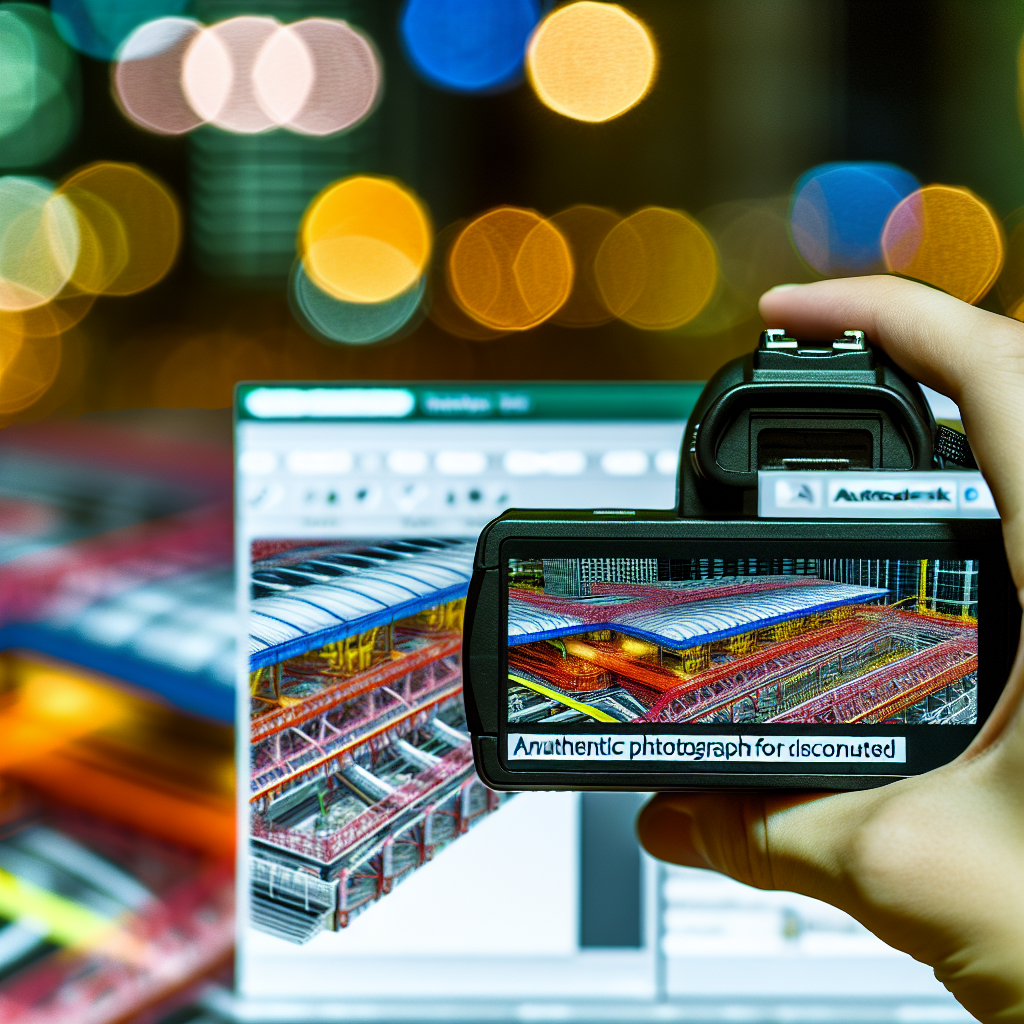Autodesk Model Coordination is transforming the way design and construction teams collaborate by providing a unified platform to detect conflicts, streamline workflows, and improve project accuracy. Its integration of advanced tools ensures more efficient project delivery, reducing delays and costs. Below is an in-depth look at how Autodesk Model Coordination enhances construction workflows.
Enhancing Collaboration and Clash Detection in Design and Construction
One of the core strengths of Autodesk Model Coordination lies in its ability to facilitate seamless collaboration among multidisciplinary teams. Using cloud-based technology, teams can upload, view, and revise models in real-time, fostering transparency and reducing misunderstandings. The platform offers robust clash detection features that automatically identify conflicts between structural, architectural, MEP, and other models, which traditionally required manual review—saving valuable time and minimizing costly errors.
Clash detection is advanced with sophisticated algorithms that differentiate between critical conflicts and minor issues, enabling teams to prioritize resolution efforts efficiently. This proactive approach not only reduces rework but also ensures that potential issues are addressed early in the design phase, ultimately leading to a more synchronized and error-free project execution.
Streamlining Workflows for Faster Project Delivery
Autodesk Model Coordination integrates seamlessly with other Autodesk construction software, creating a comprehensive ecosystem that streamlines project workflows from design through construction. Automated notifications alert team members to model updates and detected clashes, promoting rapid problem-solving. Additionally, the platform’s ability to generate detailed clash reports and visualization tools enables stakeholders to comprehend issues clearly and make informed decisions swiftly.
This integration accelerates decision-making and encourages a collaborative environment where revisions and updates are quick and traceable. It also promotes a more integrated project delivery, reducing delays caused by miscommunication and incomplete information, thereby enhancing overall productivity and cost-efficiency.
Conclusion
Autodesk Model Coordination significantly improves the design and construction process by fostering collaboration, enabling efficient clash detection, and streamlining workflows. Its cloud-based platform ensures teams can work more cohesively, identify issues early, and deliver projects faster and more accurately. Embracing this technology is essential for modern construction projects aiming for efficiency and precision in a competitive market.
